Figures & data
Table 1. Basic information of the two microarrays.
Figure 1. Volcano plots of datasets. (A) Volcano plots of GSE46239 in DM. The ordinate represents log2 (fold change), the abscissa represents log10 (p value), each point represents a gene, |log2 FC| ≥1and p < 0.05 as thresholds. (B) Volcano plots of GSE193068 in COVID-19. (C) The intersection of the two data sets. (D) KEGG pathway of these common genes.
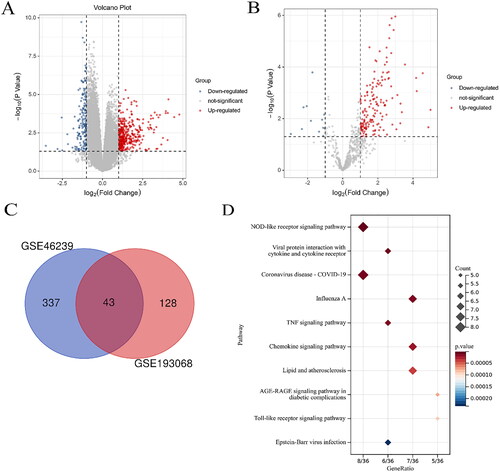
Figure 2. Gene ontology analysis and significantly enriched signal pathway of differentially expressed genes (DEGs) in DM. A. BP analysis of DEGs. B. MF analysis of DEGs. C.CC analysis of DEGs. D.KEGG analysis of DEGs.
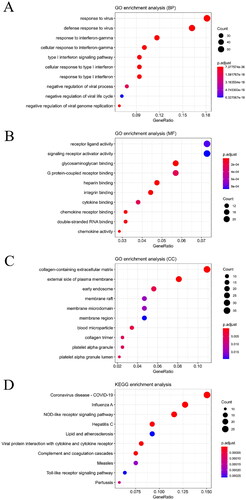
Figure 3. Protein–protein interaction (PPI) network of differentially expressed genes (DEGs) in DM. A. Based on the STRING online database, 173 genes were filtered into the DEG PPI network. B. The most significant module 1 (25 genes) from the PPI network. C. The most significant module 2 (23 genes) from the PPI network.
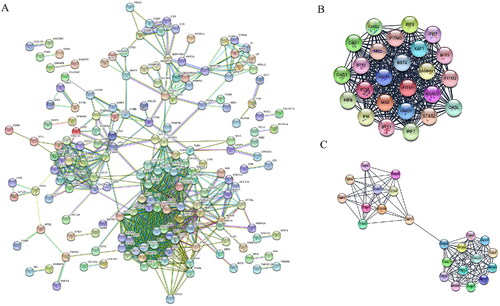
Figure 4. Functional and Pathway Enrichment of Module Genes. A. BP analysis of Module Genes. B. MF analysis of Module Genes. C.CC analysis of Module Genes. D.KEGG analysis of Module Genes.
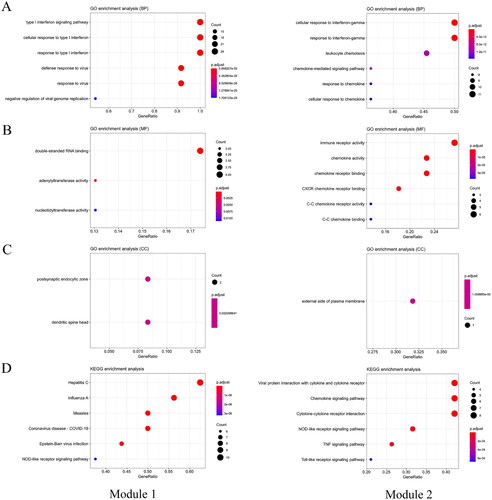
Figure 5. Hub gene and KEGG pathway analysis in DM. A. Top 10 hub genes with highest MCC score in cytoHubba. B. KEGG pathway analysis of hub genes.
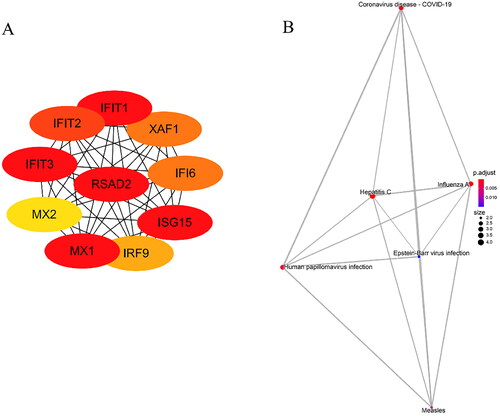
Table 2. 380 DEGs were identified in GSE46239, including 271 up-regulated genes and 109 down-regulated genes.
Table 3. Functional roles of top 10 hub genes with highest MCC score.
Figure 6. Hub gene expression in the muscle tissue. (IIM, idiopathic inflammatory myopathy, n = 24; NC, normal control, n = 12. **p < 0.005; ***p < 0.001; ****p < 0.0001).

Figure 7. RSAD2 is elevated in skin fibroblasts of patients with DM. (A:Representative immunohistological staining of RSAD2 in the skin of DM and NC patients. B. Statistical analysis of RSAD2 immunohistochemistry. DM, dermatomyositis, n = 3; NC, normal control, n = 3. Scale bar = 50 μm.).

Supplemental Material
Download Zip (28.1 KB)Data availability
The data used to support the findings of this study is available from GSE46239 and GSE193068.
